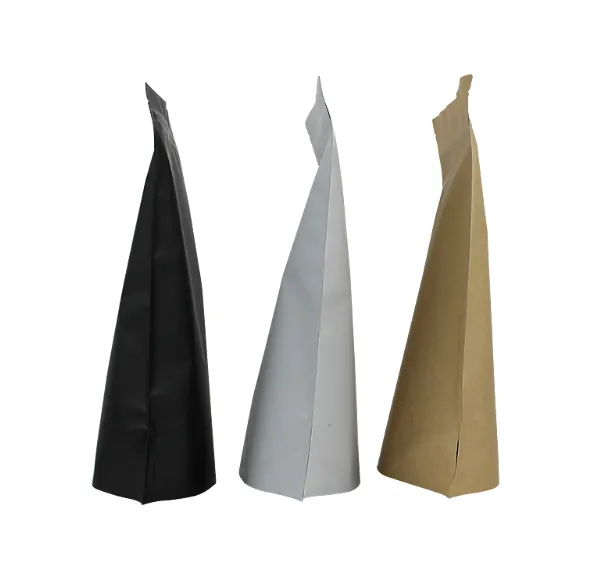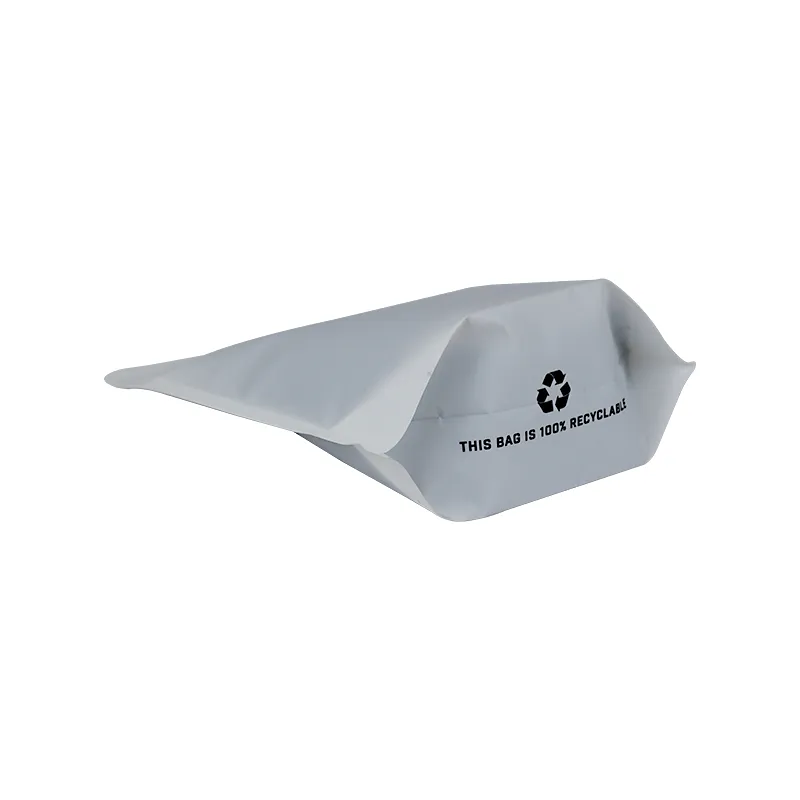- Afrikaans
- Albanian
- Amharic
- Arabic
- Armenian
- Azerbaijani
- Basque
- Belarusian
- Bengali
- Bosnian
- Bulgarian
- Catalan
- Cebuano
- chinese_simplified
- chinese_traditional
- Corsican
- Croatian
- Czech
- Danish
- Dutch
- English
- Esperanto
- Estonian
- Finnish
- French
- Frisian
- Galician
- Georgian
- German
- Greek
- Gujarati
- haitian_creole
- hausa
- hawaiian
- Hebrew
- Hindi
- Miao
- Hungarian
- Icelandic
- igbo
- Indonesian
- irish
- Italian
- Japanese
- Javanese
- Kannada
- kazakh
- Khmer
- Rwandese
- Korean
- Kurdish
- Kyrgyz
- Lao
- Latin
- Latvian
- Lithuanian
- Luxembourgish
- Macedonian
- Malgashi
- Malay
- Malayalam
- Maltese
- Maori
- Marathi
- Mongolian
- Myanmar
- Nepali
- Norwegian
- Norwegian
- Occitan
- Pashto
- Persian
- Polish
- Portuguese
- Punjabi
- Romanian
- Russian
- Samoan
- scottish-gaelic
- Serbian
- Sesotho
- Shona
- Sindhi
- Sinhala
- Slovak
- Slovenian
- Somali
- Spanish
- Sundanese
- Swahili
- Swedish
- Tagalog
- Tajik
- Tamil
- Tatar
- Telugu
- Thai
- Turkish
- Turkmen
- Ukrainian
- Urdu
- Uighur
- Uzbek
- Vietnamese
- Welsh
- Bantu
- Yiddish
- Yoruba
- Zulu
Flat Bottom Box Pouch Supplier & Manufacturer – Durable Food Packaging Solutions
- Introduction to Flat Bottom Box Pouch: Market Overview and Demand Surge
- Technological Innovations and Key Benefits of Flat Bottom Box Pouches
- In-depth Comparison of Flat Bottom Pouch Suppliers and Manufacturers
- Customization Opportunities and Solution Pathways
- Application Case Studies: Real-world Implementations and Success Stories
- Performance Benchmarking: Data-Driven Supplier Analysis Table
- Conclusion: Maximizing Value with Flat Bottom Box Pouch Selection

(flat bottom box pouch)
Introduction to Flat Bottom Box Pouch: Market Overview and Demand Surge
In recent years, the global packaging industry has witnessed unparalleled growth, with innovative formats taking center stage. Among these, the flat bottom box pouch
has quickly distinguished itself as a leading solution for diverse sectors. According to industry research, the flexible packaging market is expected to grow at a compound annual growth rate (CAGR) of 5.1%, reaching a total valuation of $315 billion by 2030. Flat bottom box pouch demand alone is projected to account for 13% of this market, driven by increased consumer preference for sustainability and shelf differentiation. Standing upright with exceptional stability, these pouches offer maximum branding surfaces and superior storage efficiency, making them a preferred option for food, pet food, coffee, cosmetics, and chemical packaging. Increased adoption rates are recorded in North America, Europe, and emerging Asian markets, illustrating their universal appeal and performance impact.
Technological Innovations and Key Benefits of Flat Bottom Box Pouches
Advances in material science and digital printing have revolutionized the flat bottom pouch segment. High-barrier laminates and custom sealing technology now allow manufacturers to extend product shelf life by up to 40% compared to conventional bags. The five-panel design maximizes both graphical impact and package rigidity, reducing collapse while displayed. In laboratory evaluations, these pouches exhibited a 24% higher burst strength vs. standard quad seal bags (study: PackTest Labs, 2023), affirming their durability and robust form factor. Diverse closure systems—such as zippers, spouts, and degassing valves—cater to a wide range of application needs. Moreover, eco-friendly alternatives including compostable and recyclable films are now widely available, supporting brands’ sustainability objectives without compromising performance or visual appeal. The technological edge ensures that products inside remain fresh, contamination-free, and visually appealing to end-users.
In-depth Comparison of Flat Bottom Pouch Suppliers and Manufacturers
The global market boasts numerous flat bottom pouch suppliers, yet key differentiators often rest in technological capability, capacity, and compliance with industry certifications. While some flat bottom pouch manufacturers operate full vertically integrated lines, others specialize in select services like advanced rotogravure or flexo printing. For instance, global leaders typically operate ISO 22000 and BRCGS-certified facilities, underscoring commitments to food safety and traceability. In terms of delivery, premier suppliers average lead times of 18-22 days for custom orders, with some offering expedited runs in just under 15 days for critical projects. The comparison below details the spectrum of industry leaders’ attributes, emphasizing critical metrics such as production volume, minimum order quantity (MOQ), and customization support:
| Attribute | Supplier A | Supplier B | Supplier C |
|---|---|---|---|
| Monthly Output (Units) | 10,000,000 | 4,500,000 | 8,200,000 |
| Certifications | ISO 22000, BRCGS | ISO 9001, HACCP | GMP, FSC |
| Lead Time (Days) | 18 – 22 | 15 – 20 | 20 – 25 |
| Minimum Order (Units) | 5,000 | 10,000 | 7,500 |
| Printing Capability | Gravure, Digital | Flexo | Gravure, Flexo |
| Material Options | PET/PE, Compostable, Recyclable | PET/AL/PE | PET/PE, Paper |
Customization Opportunities and Solution Pathways
Customization stands at the forefront of the flat bottom pouch value proposition. Leading flat bottom pouch manufacturers empower brands to fine-tune every aspect of the package, from dimensions and gusset profile to the number and placement of zippers and valves. Color matching extends to Pantone precision, while advanced rendering and prototyping ensure design intent is fully realized before mass production. Material selection supports a variety of needs, from high-barrier films for sensitive ingredients to compostable bio-polymers for green initiatives. Innovation extends further with tactile finishes, spot varnish, and metalized effects, amplifying shelf appeal. Brands benefit from integrated workflow management systems, permitting rapid sampling and seamless order tracking. These bespoke pathways deliver not only a package but a strategic branding asset that resonates with target audiences.
Application Case Studies: Real-world Implementations and Success Stories
Throughout global markets, the flexibility of flat bottom box pouch solution manifests across diverse categories. For example, a specialty coffee roaster in the U.S. achieved a 26% year-over-year sales uptick after transitioning from side gusset bags to flat bottom box pouches, citing enhanced freshness preservation and improved brand visibility (Source: CBP Insights, 2023). In Europe’s competitive pet food market, a leading brand reduced logistical costs by 18% owing to optimal palletization enabled by the pouch’s box-like form. Similarly, an organic snack producer adopted compostable flat bottom pouches and subsequently reported a 31% increase in eco-conscious consumer segment engagement within six months. These real-world cases underscore not only operational and economic advantages but also the pivotal role packaging plays in consumer perception, loyalty, and repeat purchase metrics.
Performance Benchmarking: Data-Driven Supplier Analysis Table
Selecting the right flat bottom pouch supplier involves more than price: performance benchmarking based on consistent KPIs drives true partnership ROI. Below is an analytical snapshot comparing top-tier flat bottom pouch suppliers on crucial factors as measured over twelve months of continuous engagement.
| Supplier | On-Time Delivery (%) | Defect Rate (%) | Customer Satisfaction (Score /10) | Innovation Adoption (Y/N) |
|---|---|---|---|---|
| Supplier X | 98.7 | 0.21 | 9.5 | Y |
| Supplier Y | 96.3 | 0.35 | 8.9 | Y |
| Supplier Z | 92.4 | 0.45 | 7.8 | N |
Conclusion: Maximizing Value with Flat Bottom Box Pouch Selection
The strategic adoption of the flat bottom box pouch unlocks measurable brand and operational value. With proven technical superiority, robust customization frameworks, and favorable supplier metrics, this format stands out across product categories. Market data, alongside compelling case studies, highlights improved logistics, reduced food waste, and amplified retail impact. Top-performing flat bottom pouch suppliers and manufacturers differentiate through reliability, innovation, and proactive customer engagement. Ultimately, investing in an optimized flat bottom box pouch solution positions brands for enhanced competitiveness and sustainable growth in a dynamic packaging market.

(flat bottom box pouch)













